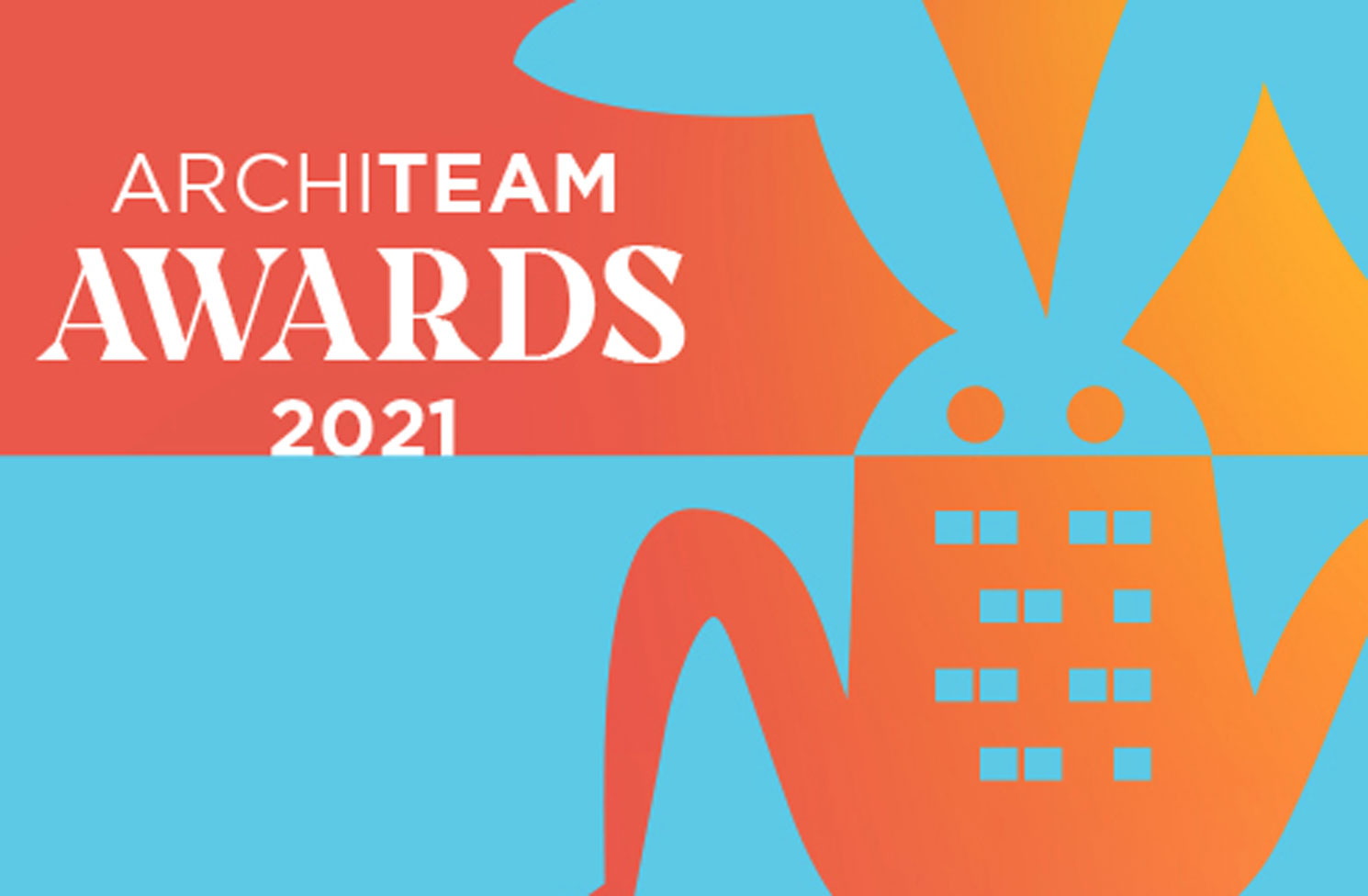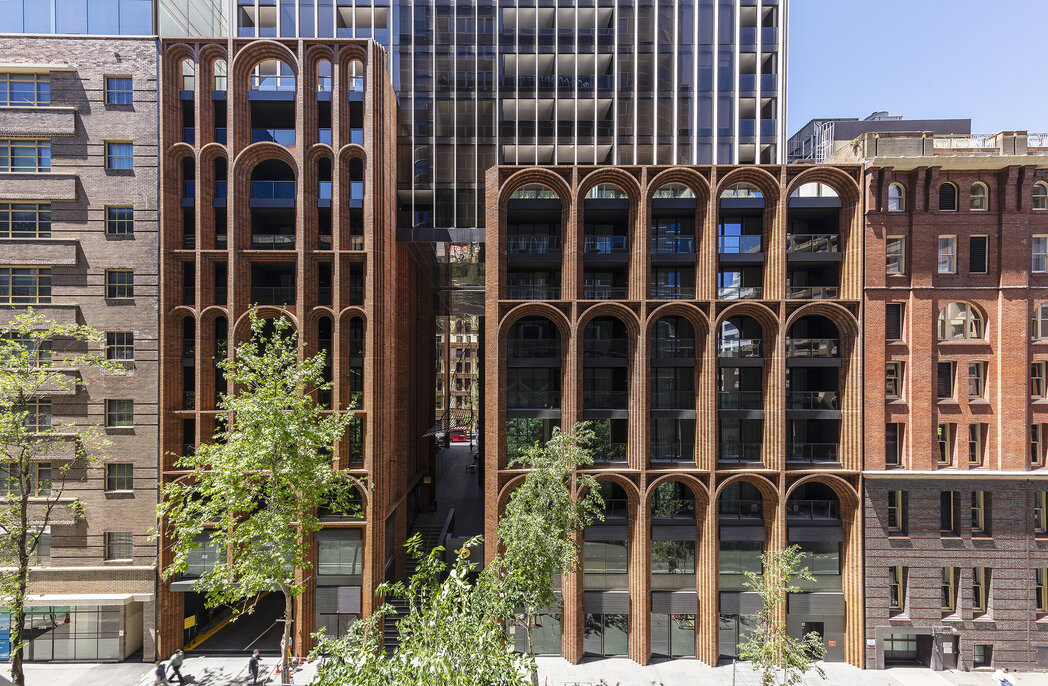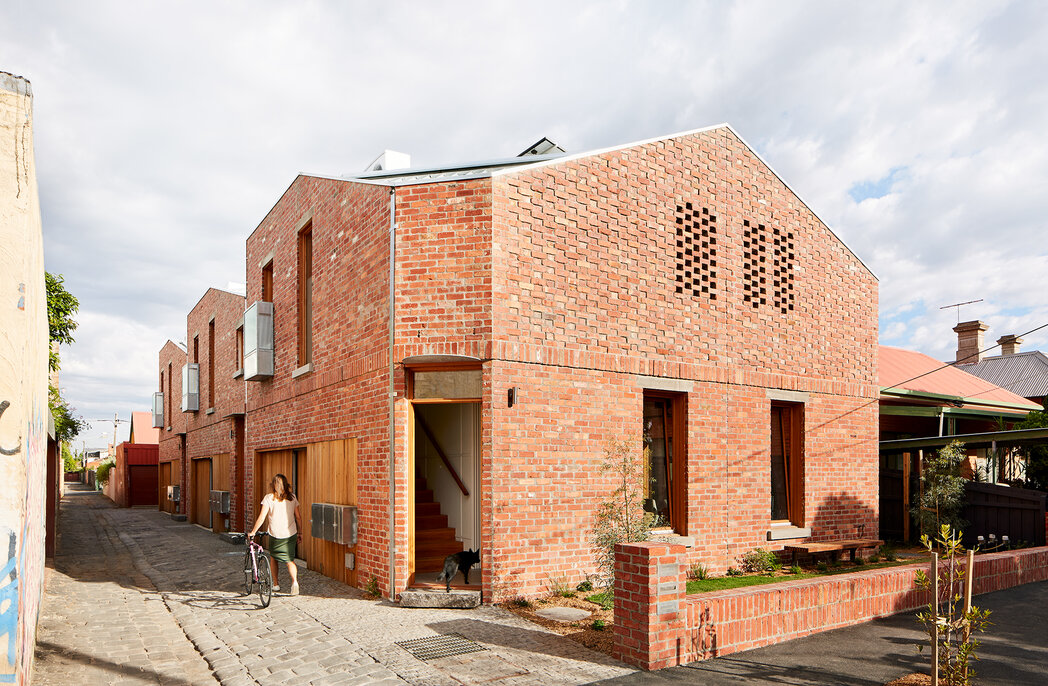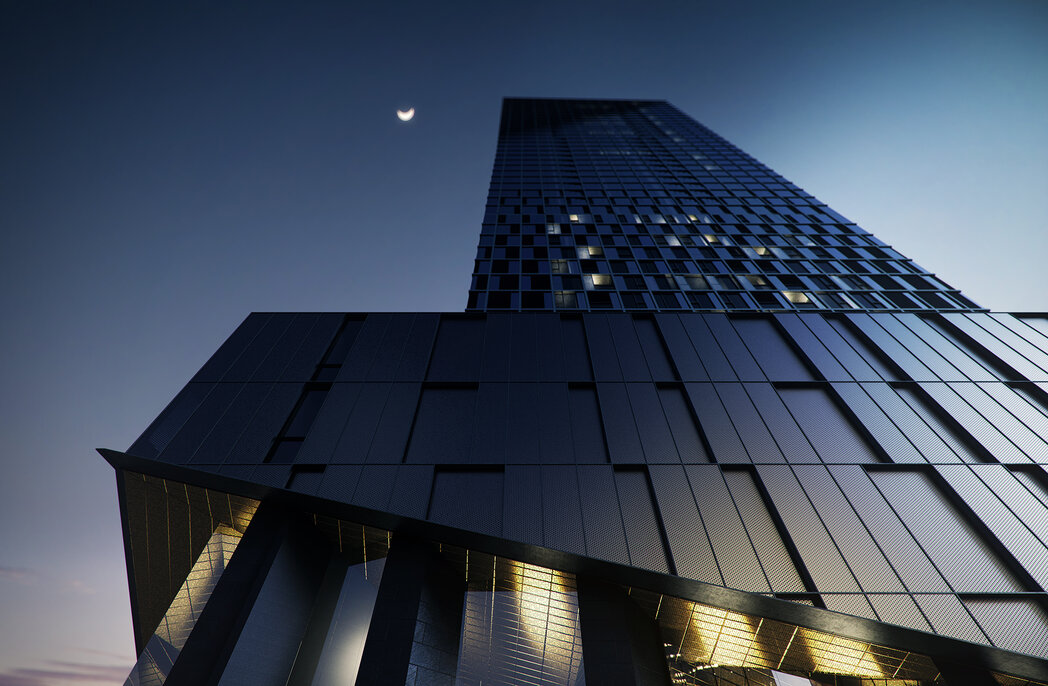
Challenge the perception that architecture is only “required at the end of a project”, says Richard Kirk
Challenge the perception that architecture is only “required at the end of a project”, says Richard Kirk
Share
The Mon Repos Turtle Centre designed by Richard Kirk, director of KIRK architecture practice, has received the Queensland Architecture Medallion — the Queensland Architecture Awards’ highest honour. Kirk shares his views on some of the biggest challenges facing the profession.
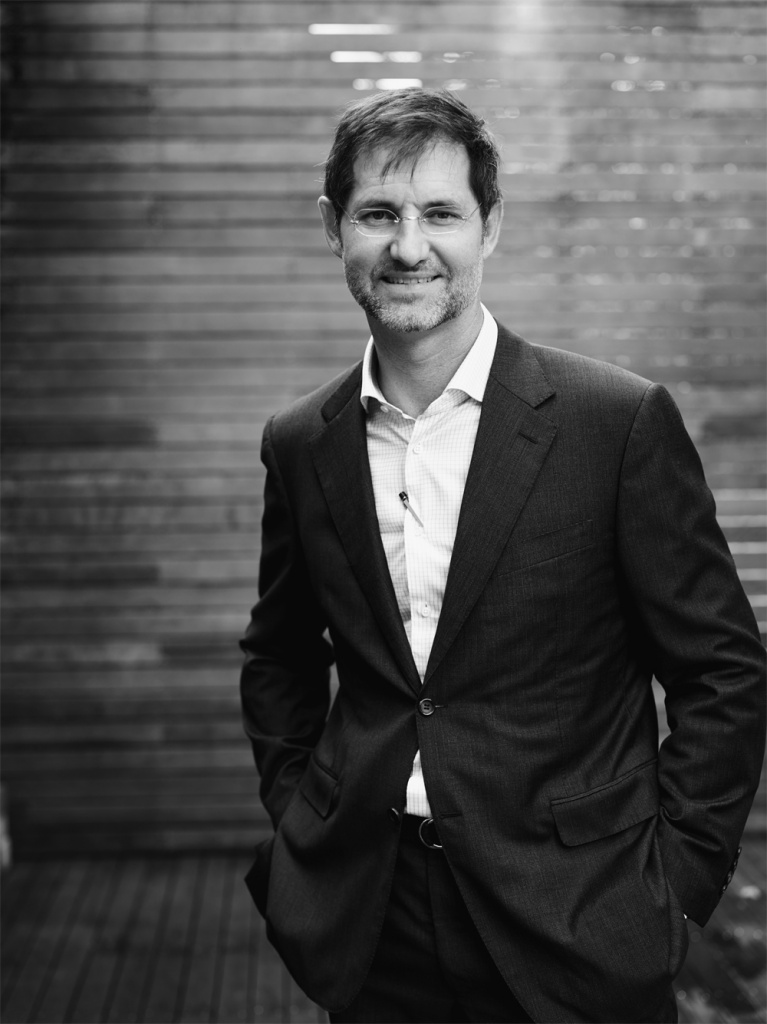
How do you define the value of architects?
Too often, architects are thought of as the ones responsible for the decorative parts of a project. In truth, we explore and challenge the real purpose of projects. How? By dissecting the project brief to uncover the implications in a spatial and functional sense.
For example, when a large piece of infrastructure is delivered, there are many specialists involved — including structural and civil engineers and specialists in acoustics, electricity and sustainability — but as architects, we’re equipped to unite those siloes.
In a nutshell, architects have the ability to implement the vision of a client whilst also managing risk and overcoming the more challenging aspects of a brief. It’s about balancing creativity with pragmatism and underpinning projects with durable ideas.
What are some of the current challenges facing the profession?
We lobby for quality design and quality outcomes but, in my view, neither are well appreciated. It does frustrate me that architects are often brought in after a project has been formulated. At that stage, it’s very hard to unravel problems — even with the very best of design.
The profession needs to challenge the perception that architects are required at the end of a project. We need to be part of the project formulation phase. Let’s use the analogy of designing a bridge. Rather than bringing in an architect to design a handrail or canopy on that bridge, the architect should be part of the process that determines where the bridge goes, what it does, and how it energises the places that it connects.
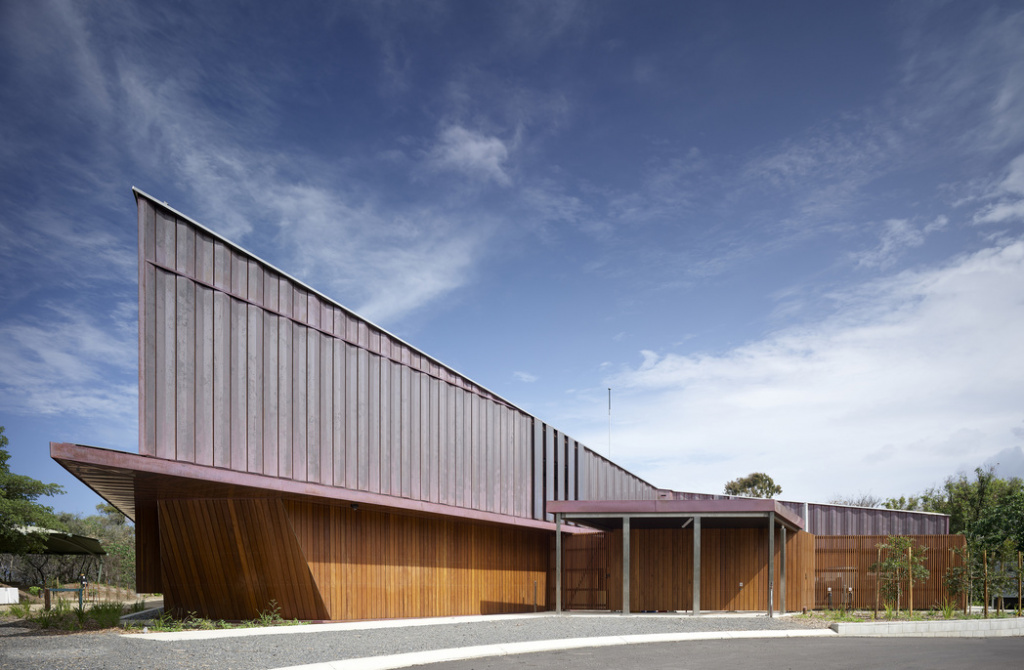
What are you buoyed by within the profession right now?
Within Australia, we have the capacity and the technical knowledge to build excellent buildings. Ideally, we should be designing buildings from which our communities can learn.
My practice is currently designing the Technology Innovation Complex (TIC) for James Cook University in Townsville. It’s a great example of a building that shows the local community there are different ways to build a very safe building within a cyclonic region. We’ve deployed sophisticated modelling and technology to deliver a transparent, glazed building that looks very different from most buildings in the region but is, in fact, extremely safe.
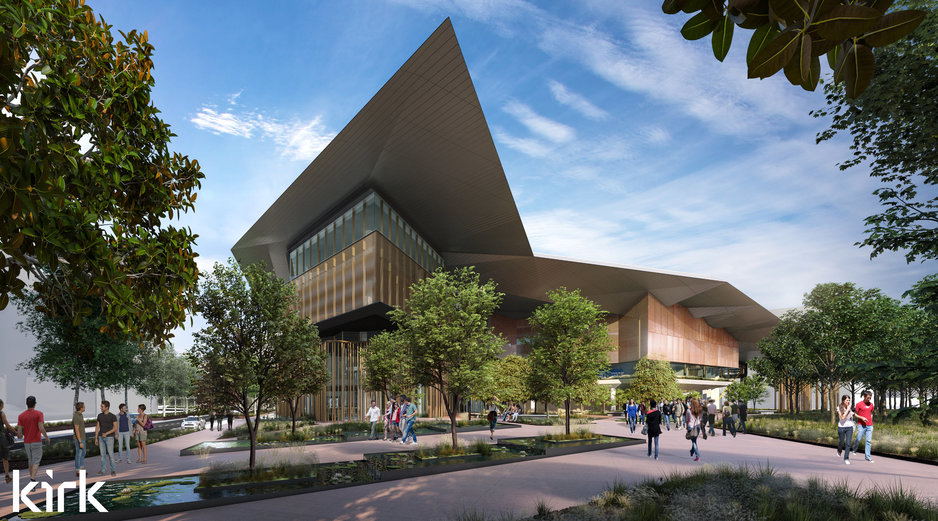
Looking back, what was it that initially drew you to a career in architecture?
I was always interested in the visual arts but I also liked mathematics and science. I suppose I viewed architecture as a good blend of those technical and creative interests.
A great deal of satisfaction can be derived from inventing and crafting things. I’ve always enjoyed solving complex problems. As an architect, I enjoy the process of working through complexity, whether it be in the brief or the site, to arrive at a holistic design outcome that resolves those layers of complexity projects contain.
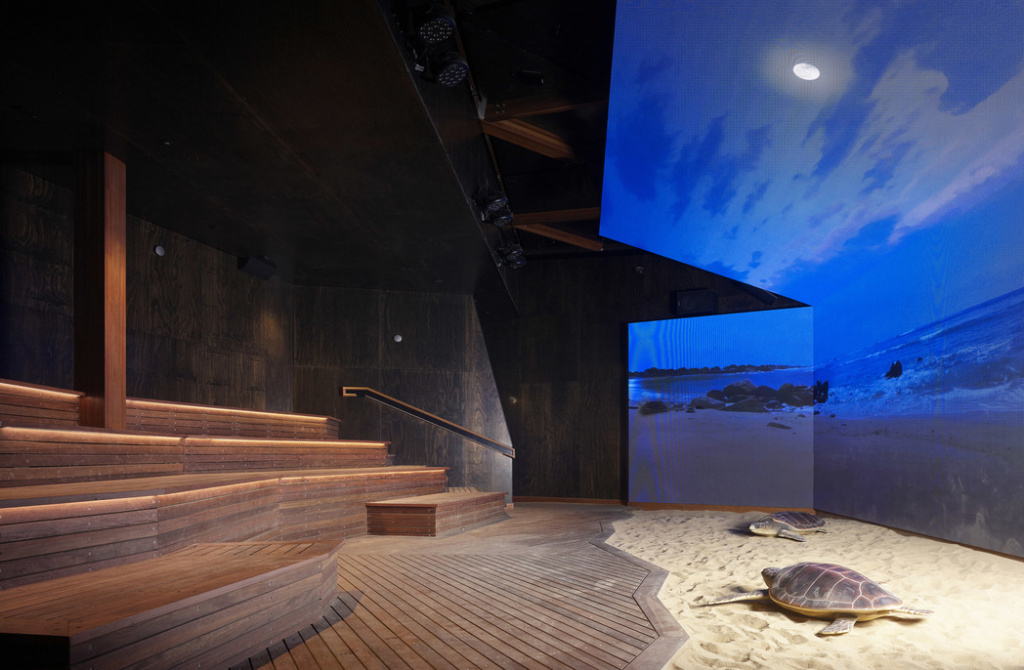
On a personal note, what professional feedback do you find most gratifying?
One of the greatest compliments I like to hear is that people think our buildings are much younger than they are! We often receive comments about projects people perceive to be one or two years’ old but they may have been designed over a decade ago.
That continued contemporary appeal and relevance demonstrates the success of the way we approach design. Buildings need to anticipate what is changing and what is not in the future.
Architecture’s connectivity with community is also at the core of Edition Office’s ethos: “…to see architecture as having a role to play in the cultural dialogue around what it means to live, design and work in Australia”.
Photography and renders courtesy of KIRK.
You Might also Like
